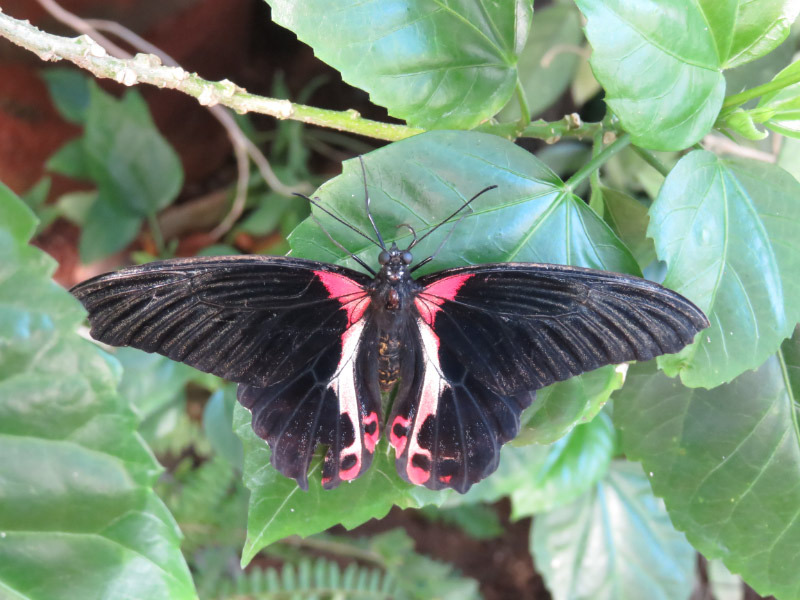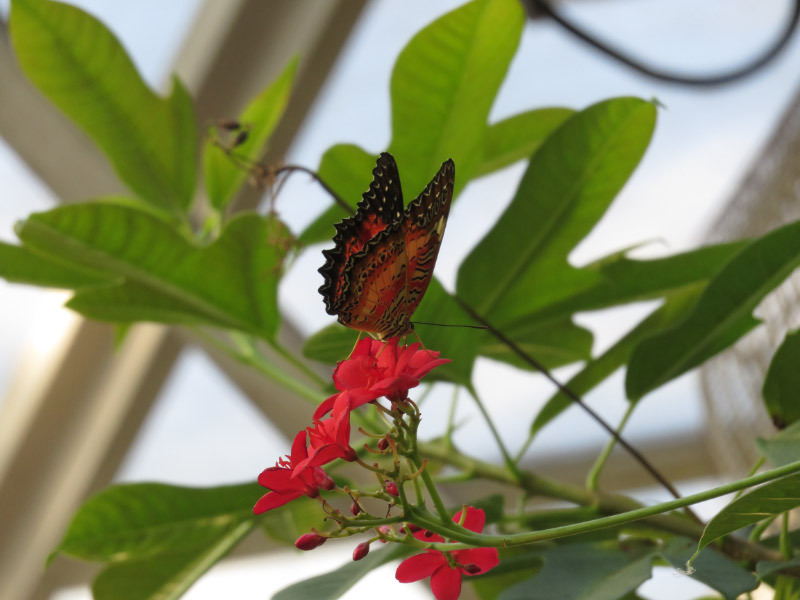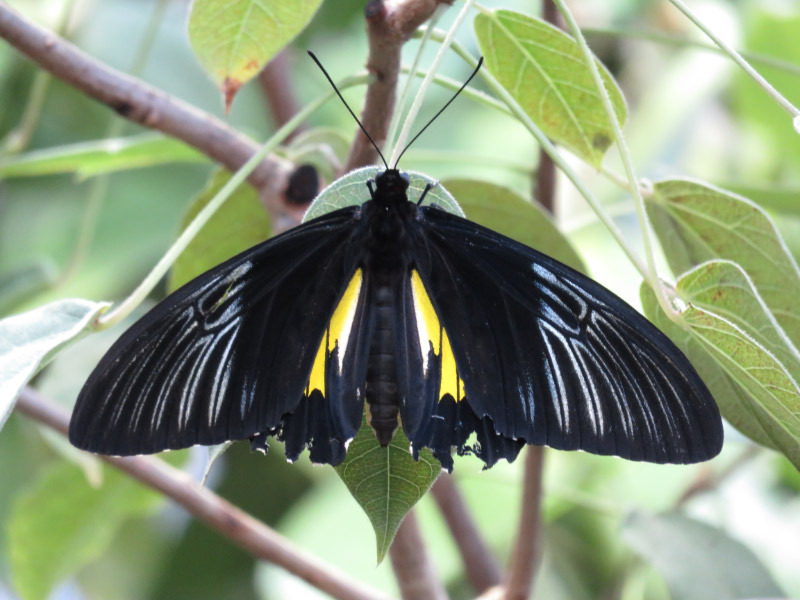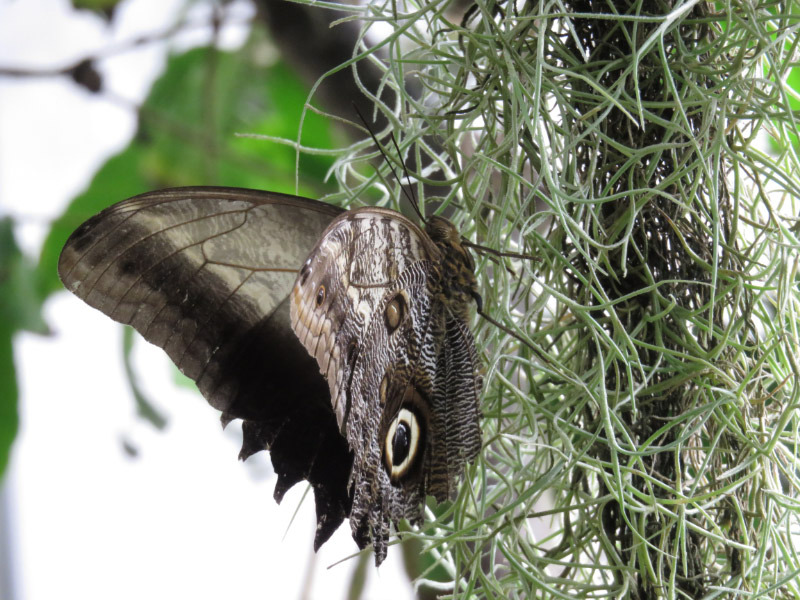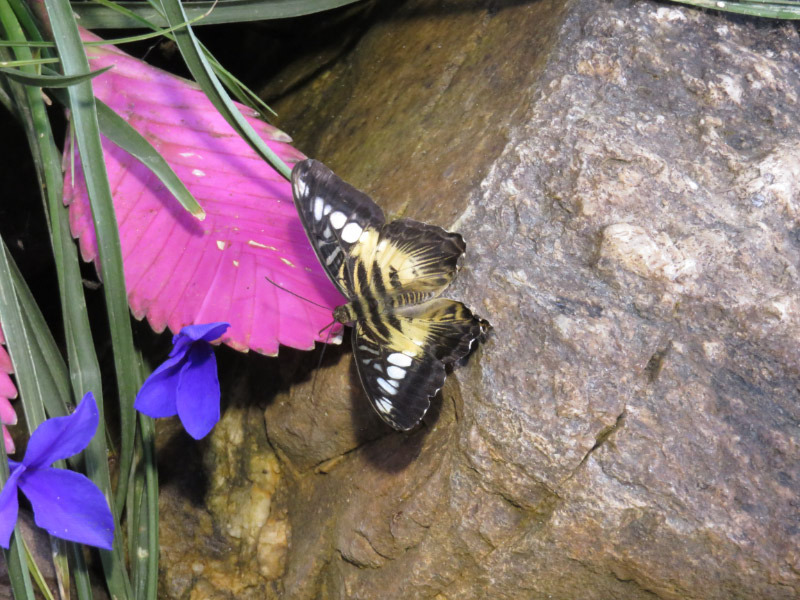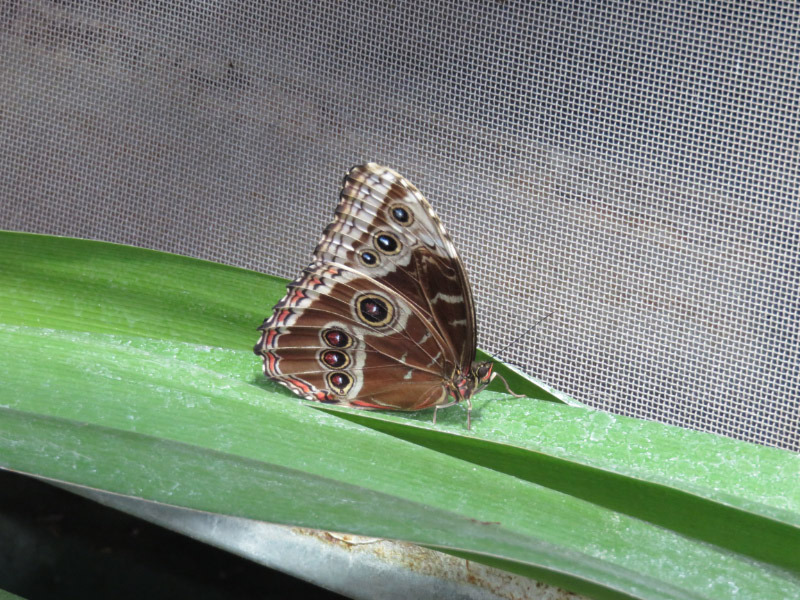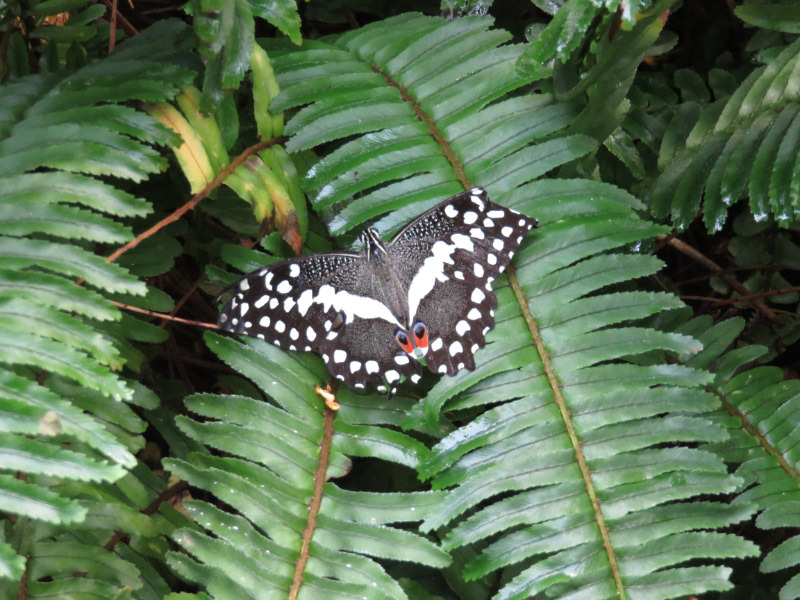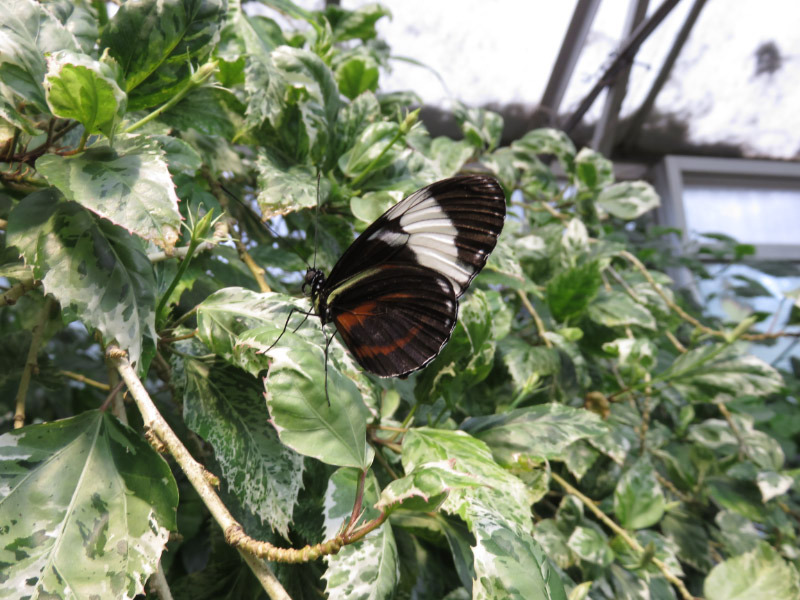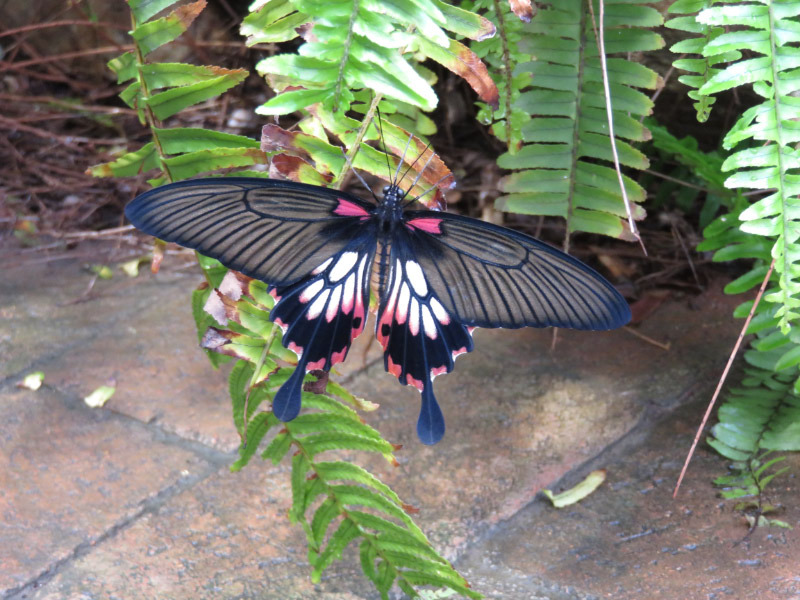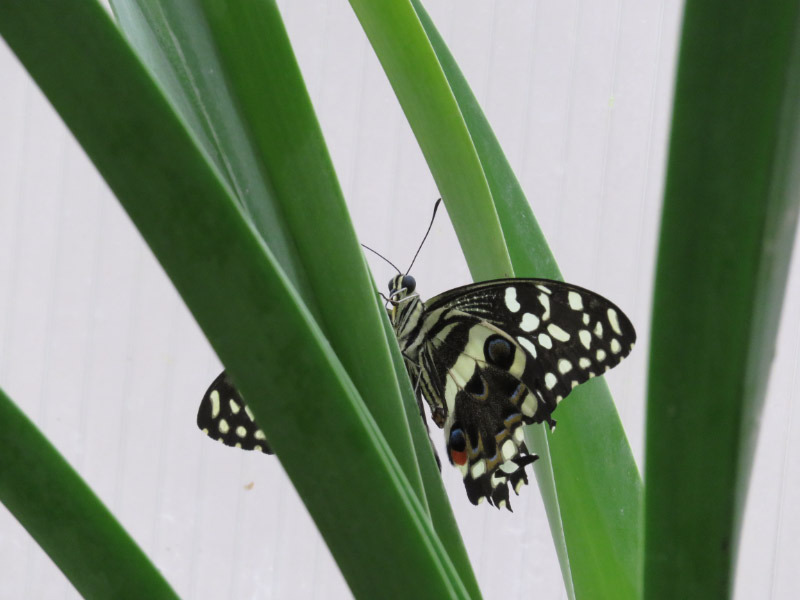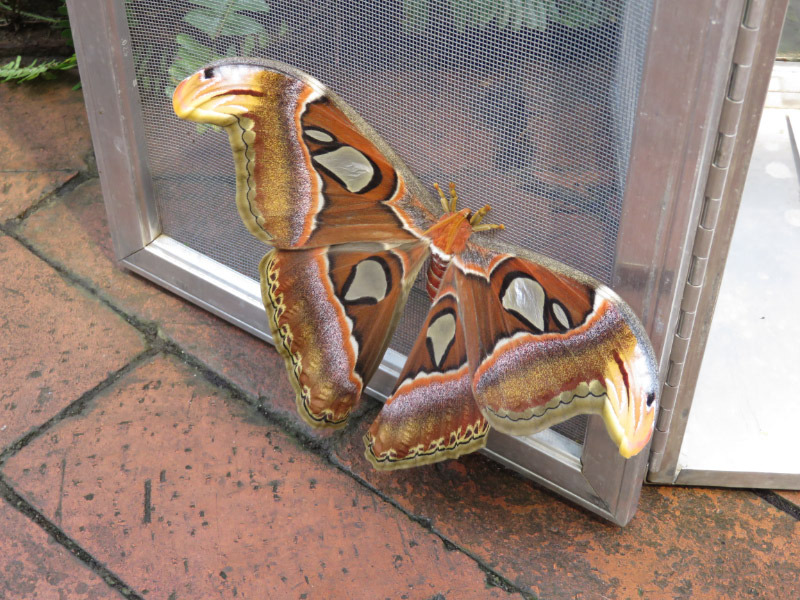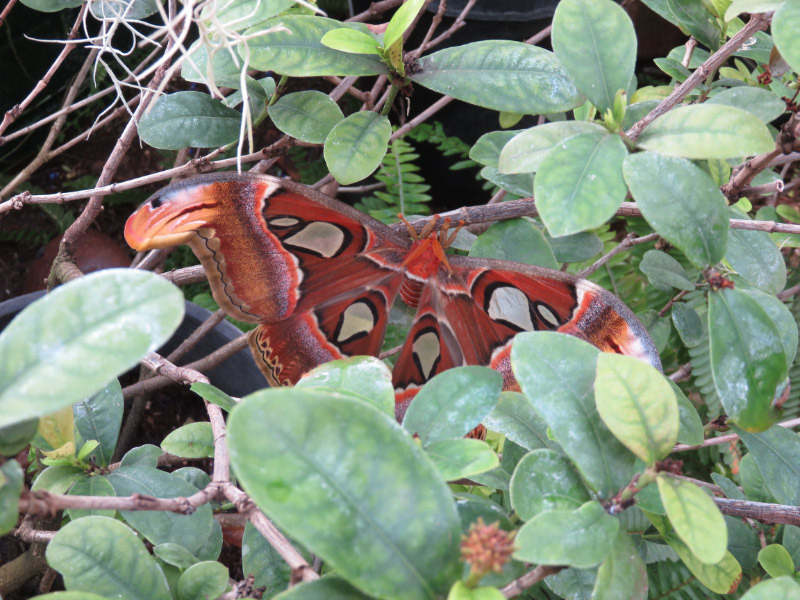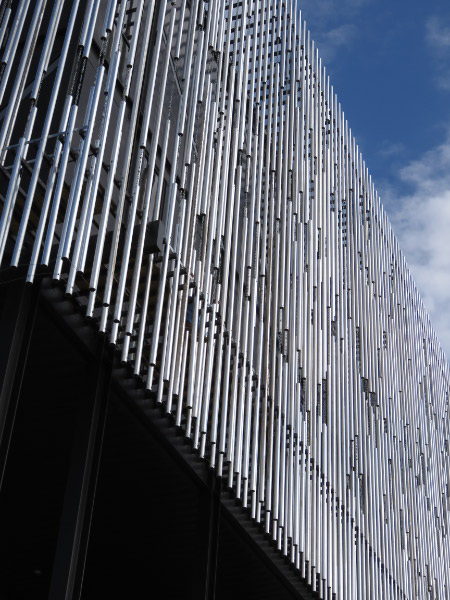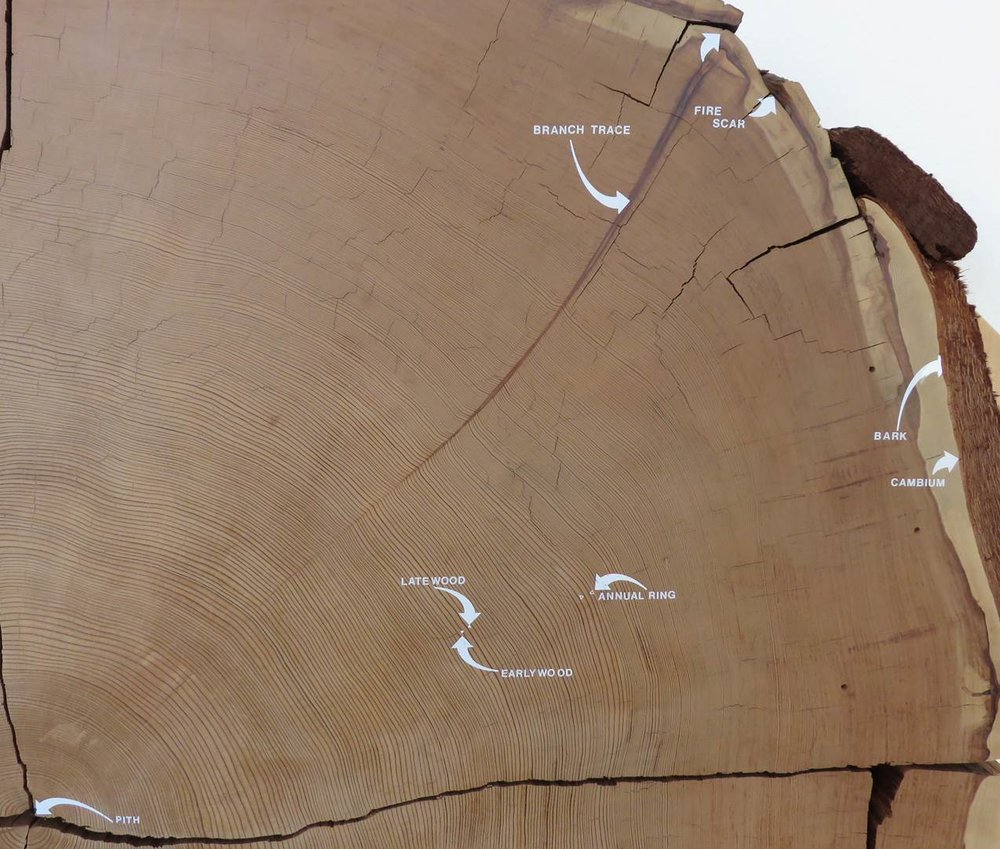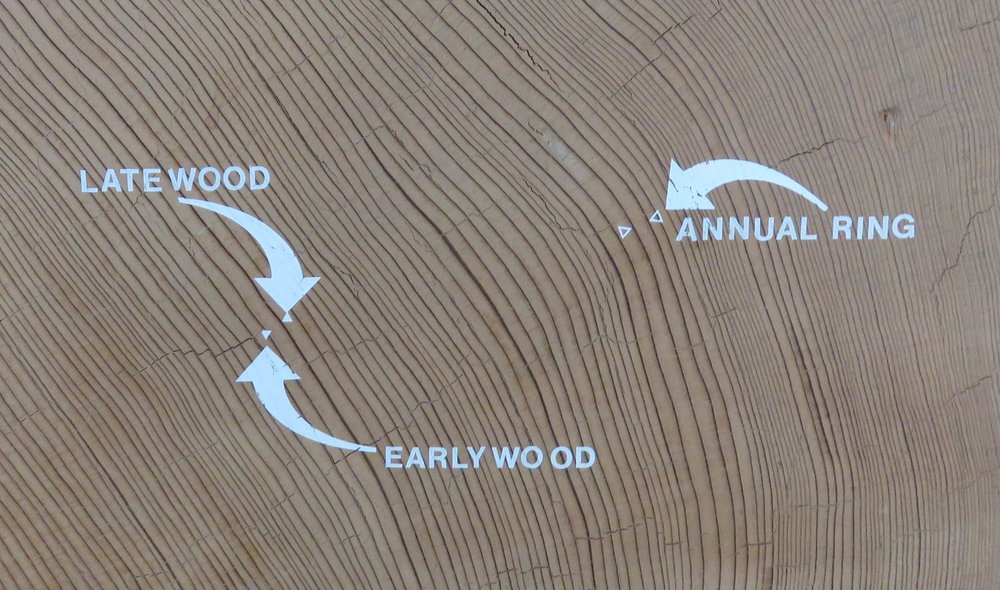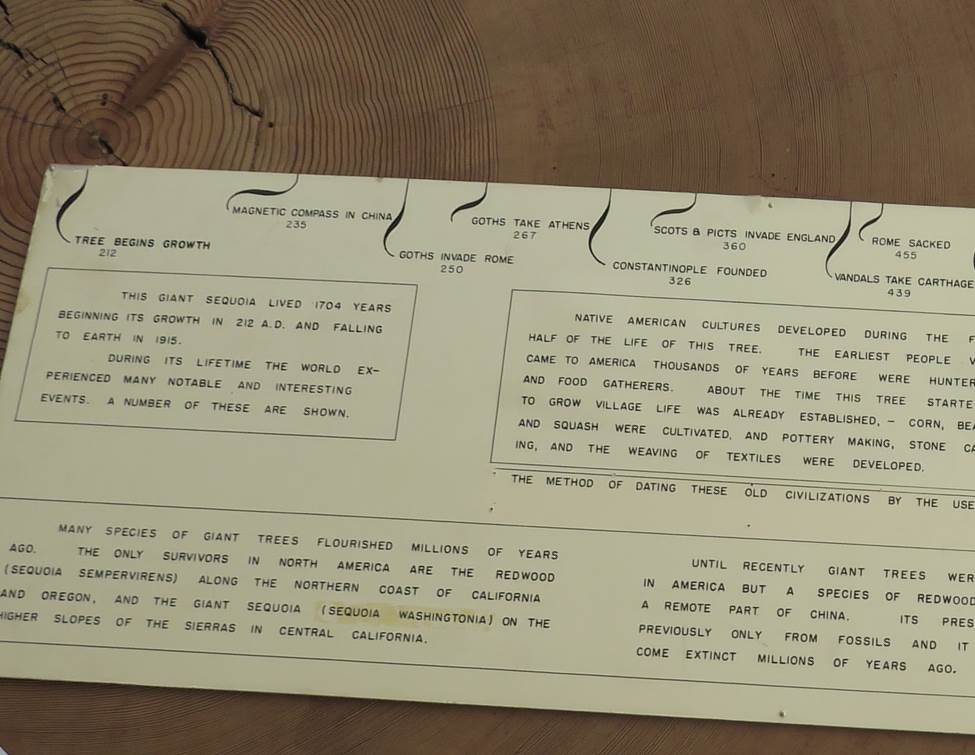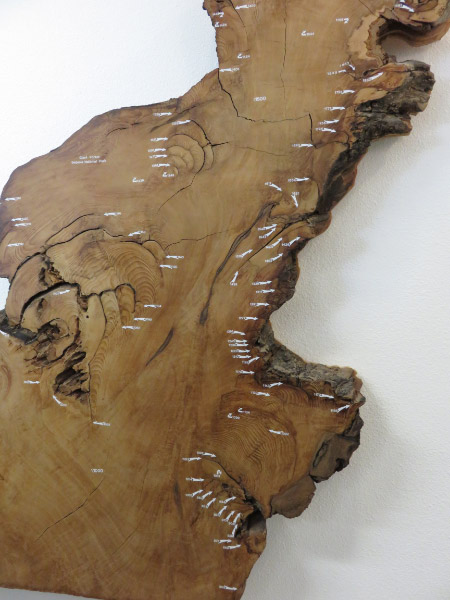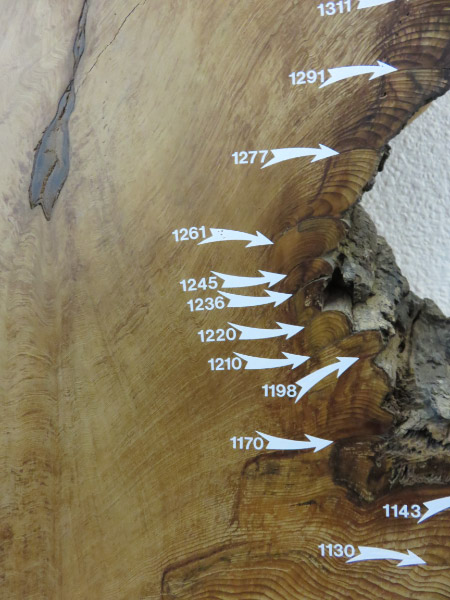Tucson Butterflies
/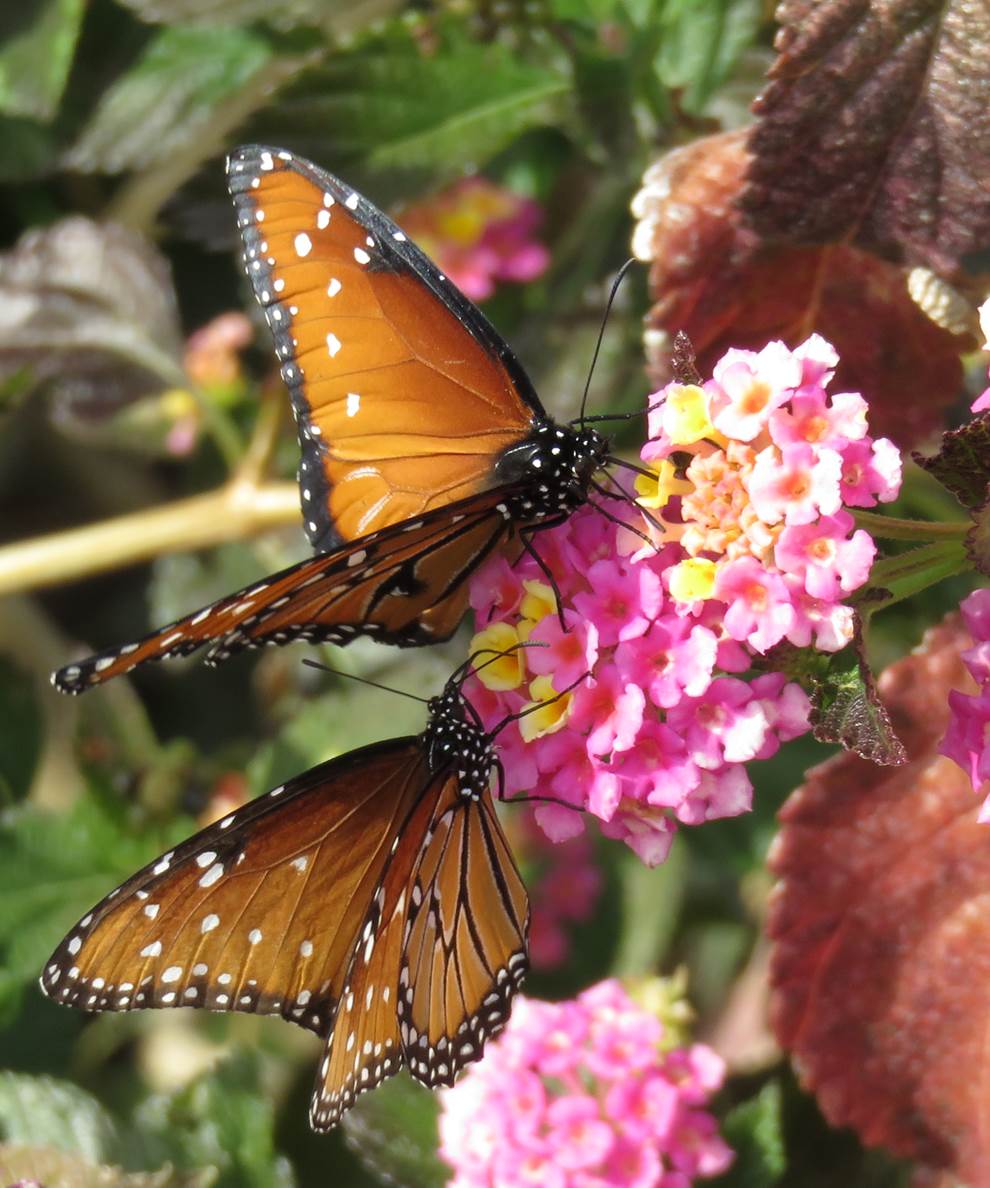
It was warm enough for butterflies to be active on the lantana on the University of Arizona campus week before the last but the bigger butterfly treat was at the Tucson Botanical Garden’s Butterfly and Orchid Pavilion.
The pavilion is a warm, misty place where the butterflies are numerous enough to get some good photographs - after the camera acclimates to the steamy environment. The exhibit gets new additions each day a pupae in the building next door hatch and are brought into the pavilion. We saw a glass wing being released and then a very large moth - a cecropia. I included two pictures of it in the slideshow below.
The butterflies only live about 2 weeks. Some of them don’t eat in their adult phase - others are active on nectar plants. Caterpillars and their food plants are not part of the exhibit (all the pupae come from the native countries for the butterflies).
What a delight of warmth and color in January!


